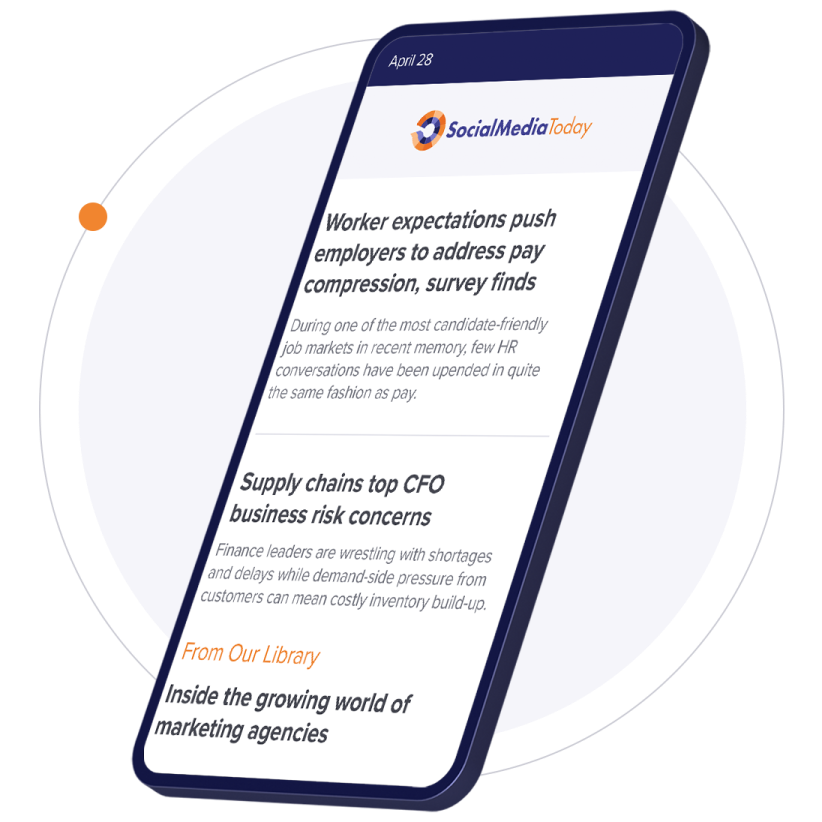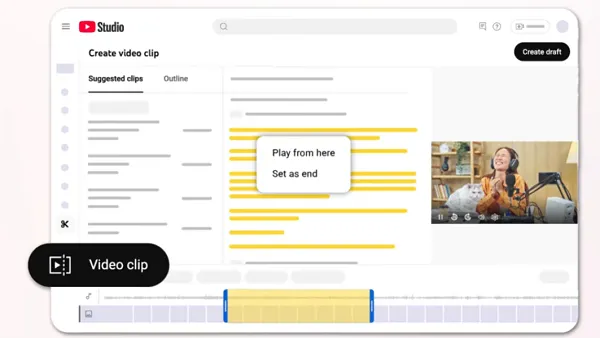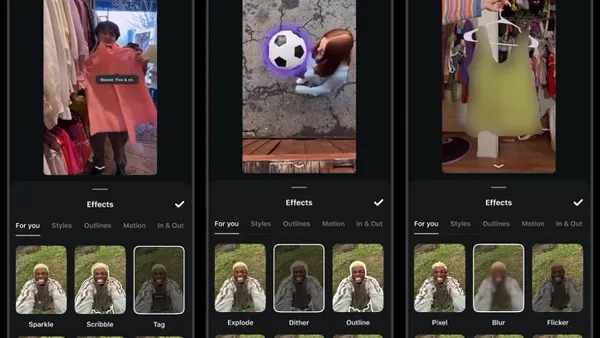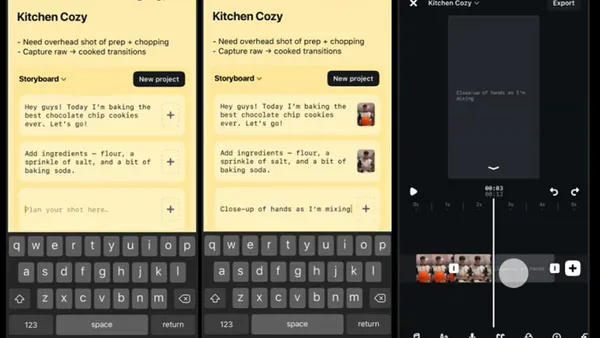Forrester Research's Bruce D. Temkin just published a new paper called "Customer Experience Correlates To Loyalty"
I thought "Hey, very cool, this must be great". But looking at the report I was really disappointed.
Evelyn So pointed out on her blog http://xeeurl.com/A0523 :The analysis is based on an October 2008 survey of nearly 4,700 US consumers across 12 industries. According to Forrester, there are 3 components of loyalty:
- Reluctance to switch business from a company
- Willingness to buy another product from a company
- Likelihood to recommend a company to a friend or colleague
On a first superficial view this sounds all right - doesn't it? But then I thought
wait a minute isn't that what we used to have in the 80's? Isn't that
analyzing the "after the fact - revenue model"? RECOMMENDING a product or
brand is the only aspect where loyalty is involved with a very high
LIKELIHOOD; but even here, I'd recommend a certain Internet cable
provider but I'd switch in a heart beat if someone better comes to the
market - no loyalty. So sorry guys - this is a yesteryear story
- over 20 years old - 27 years to be precise, you can read it in "In
Search of Excellence" from Thomas Peters, 1982.
Social Media'ns worked too hard to get back to the old model
So the "research" inspired me to post thoughts and the experience many others and I developed over time about the still burning question: How can we measure loyalty:
- Networking
A con- or prosumer may show his or her first level of engagement by joining a group, online community or other types of network to demonstrate a certain interest in a product or brand. This has nothing to do with a purchase interest but a general interest in brand or product.
To measure, compare and benchmark it: The number of members may bot be so important but it gives an indication of "Interest - Reach - and Influence"
- Participation
People now may actually spend time and participate by providing comments or pointing others to a blog a comment an opinion etc. This is still not an articulated loyalty but an indication of either positive or negative loyalty. It's a demonstrated investment of time in said product or brand. To measure, compare and benchmark it: The number of comments, its sentiment gives us not only numbers but a quality level for loyalty. As qualitative part we developed the concept of "Introduction - Comment - Creation" level indicating qualitative values over quantitative aspects.
- Contribution
Actively contributing people who write blog posts, invite others to join a group or community, provide best practices or even engage in a co-creation process by providing additional solutions and ideas to improve the product is the "king class" of loyalty.
To measure, compare and benchmark it: The number of contributors AND the number of contribution over a qualifying level of "Opinion - Knowledge - and Investment (the co-creation part)" again provides new ways for qualitative and quantitative analysis of loyalty.
You may notice the old "recommendation" may not happen in either state - probably will - but is not even necessary. The positive dynamic in such an agile and engaged group IS recommendation in itself.
At the end a customer is as loyal to it's brand and vendor as the vendor is loyal and engaged with it's customers.










